Excel has a useful feature Named Ranges You can name single cells or ranges of cells in Excel Instead of just using the cell link, eg =A1, you can refer to the cell (or range of cell) by using the name (eg =TaxRate) Excel also provides the "Name Manager" which gives you a list of defined names in your current workbookYou can quickly create a named range by using a selection of cells in the worksheet Note Named ranges that are created from selecting cells have a workbooklevel scope Select the range you want to name, including the row or column labels Click Formulas > Create from SelectionA named range is just a humanreadable name for a range of cells in Excel For example, if I name the range A1A100 "data", I can use MAX to get the maximum value with a simple formula =

Naming A Cell Or Range In Excel With Formula Excelnumber
Define named range in excel
Define named range in excel-Click on 'Define name' from the Formula tab, you would see 'New Name' dialog box Write the Name in the 'Name' box and constant value in theThis is the basic mustknow facts about "Named Ranges" Example #2 In VBA using RANGE object VBA Using RANGE Object The range is a property in VBA that helps specify a particular cell, a range of cells, a row, a column, or a threedimensional range In the context of the Excel worksheet, the VBA range object includes a single cell or multiple cells spread across various
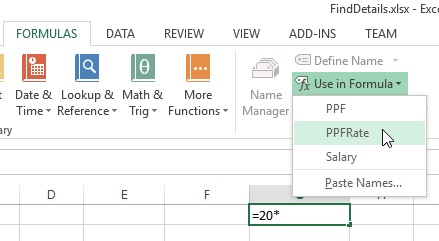



Named Range Named Constant In Excel Tech Funda
Named ranges are a powerful Excel feature that allows you to assign a symbolic name for the cell or the range of cells for later use as a convenient replacement for What Is a Named Range in Excel?Select the range E2H6 & press F5 key on the keyboard to open the Go to command Click on Special & select Blanks then click on ok This will select all the blank cells in the selected range Right click or press CTRL (dash) Select Shift cells up & then click ok You can check the correct name list using CTRL F3
Sum a specified column in a named range with formula Just take the above screenshot as an example Here I will show you the formula of summing the second column within this named range 1 Select a blank cell and enter formula =SUM(INDEX(Score_range,,2)) into the Formula Bar and then press the Enter key to get the result See screenshotWill work only for public named ranges Without brackets If you want to refer a regular range or a named range declared on specific sheet, though = WorkbookNameSheetName!Range It also seems, like quotes or anything like that to manage spaces may be required only in Excel's cells, that is in UI (and may be locale specific, since on my PC In the Defined Names section, click "Use In Formula" and select "Paste Names" from the dropdown menu You can also press "F3" NOTE If there are no named cell ranges in your workbook, the "Use In Formula" button is not available On the Paste Name dialog box, all the named cell ranges display in the Paste name list
But before you define MyData, your work will be easier to understand if you define five normal range names First, assign the names shown in the range A1 to the adjacent cells in column B To do so, select the range A1B4; How to Create a Name for a Cell or a Range of Cells Using the Name Box To assign a name to a range of cells, select the cells you want to name The cells don't have to be contiguous To select noncontiguous cells, use the "Ctrl" key when selecting themDefining Named Ranges in Excel To begin, open workbook 12 using Microsoft Excel To define a range name in Excel, you first need to select the cell or range of cells that you would like to work with For this example, select cells in the sample workbook Next, click Formulas → Define Name (not the dropdown arrow)
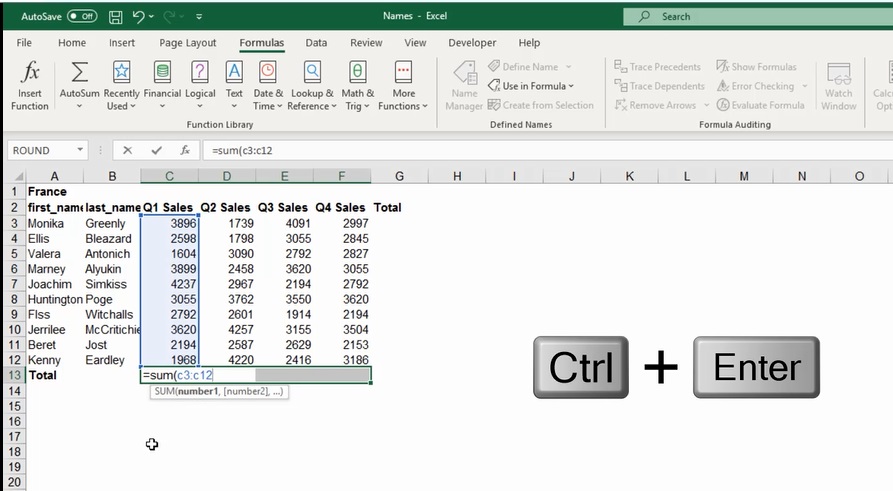



How To Create Name Range In Excel Complete Guide 21
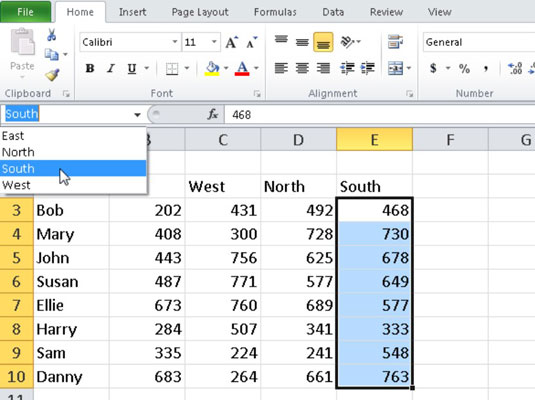



How To Name A Cell Or Range In Excel 10 Dummies
To create a Name Range using the New Name dialog box Go to worksheet ' Sales ' of Excel working file (Image instructions below) Select the range of cells C8C11 Click on the Formula tab of the ribbon, Click the Define Name under the Defined Names group Enter a name Sales_17 in the New Name dialog box Click OK I did not say it doesn't work I said that to work you need to use the INDIRECT function For example, assuming Table2 as the second table name, the formula below works in CF =AND(INDIRECT("Table2@Name")"", COUNTIFS(INDIRECT("StaffName"), INDIRECT("Table2@Name"), INDIRECT("StaffType"),"Manager")=0) Excel dynamic sorted chart xelplus leila gharani how to create a dynamic chart range in excel how to define and edit a named range in excel the right way to create an excel rolling chart pryor learning solutions 2 methods to auto update the reference range of a defined name in excel worksheet recovery Related
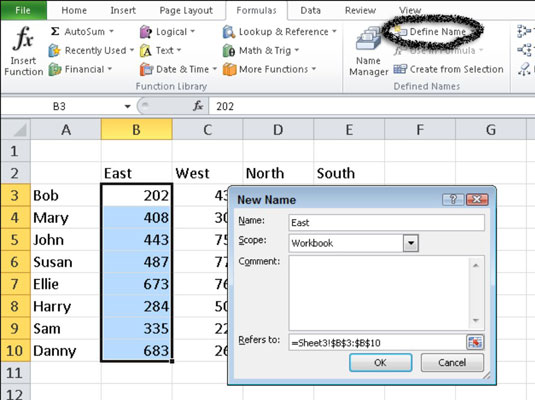



How To Name A Cell Or Range In Excel 10 Dummies
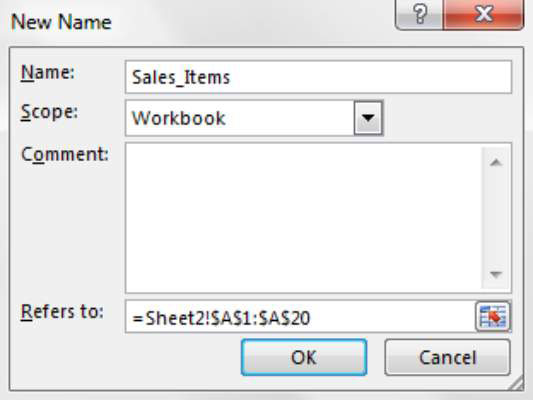



Using Named Ranges In Excel Formulas Dummies
MS Excel Name Range with Formulas Watch later Share Copy link Info Shopping Tap to unmute If playback doesn't begin shortly, try restarting your device Up next1 First, select the cell where you wish the range name to be pasted 2 In the Ribbon, select Formulas > Defined Names > Use in Formula > Paste Names 3 Select the name you want to paste, then click OK 4 Press the Enter key on the keyboard or click the check mark in the formula bar The range name will be inserted as a Dynamic ArrayA named range, range name, or defined name all refer to the same object in Excel;



How To Define And Edit A Named Range In Excel
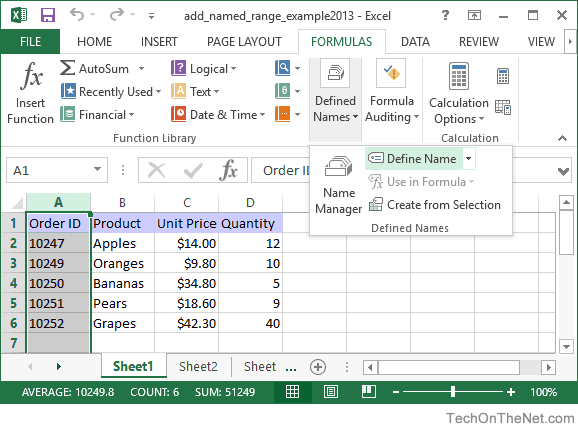



Ms Excel 13 Add A Named Range
Click OK to save the changes and close the dialog boxNormally, Named Ranges are very useful for Excel users, you can define a series of values in a column, give that column a name, and then you can refer to that range by name instead of its cell references But most time, you need to add new data to expand the Create a Named Range by using the Define Name option First, focus on the cells by selecting the range of cells Now, navigate to the Formulas tab Next, go to the Defined Name group Click to select Define Name Now once the New Name dialog box opens, mention three things Name, Scope, Comment
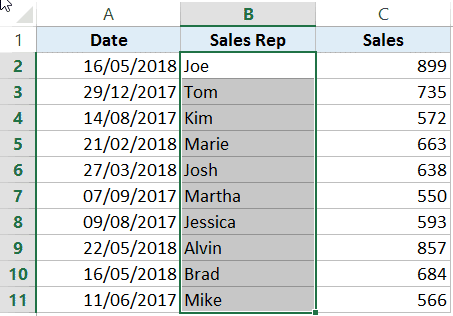



How To Name A Range In Excel Nsouly



Column
You can also define your data as a database and create defined names for each chart data series To use this method, follow these steps In a new worksheet, type the following data A1 Month B1 Sales Jan B2 10 A3 Feb Mar B4 30 Select the range A1B4, and then click Set Database on the Data menu On the Formula menu, click Define Name In the Name box, typeA named range is a range of cells or an array that is assigned with a userdefined name A named range can be used in a function or a formula instead of selecting the corresponding range of cells manually The following is an example of using a named range The range of cells, has been named with Data This means the named range can be accessed by any worksheet in your Excel file Creating Names With The "Name Manager" If you want to customize your named ranges even more, you can open up the Name Manager ( Formulas tab > Defined Names group > Name Manager button) to edit and create new named ranges




How To Quickly Delete All Named Ranges In Excel
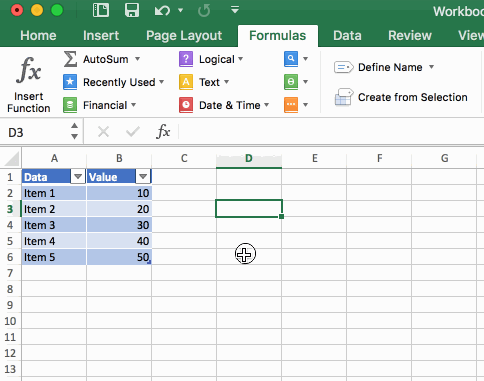



Set Multiple Named Ranges In Excel Spreadsheets Made Easy
A named range is one or more cells that have been given a name in spreadseet Using named ranges can make things easier How to Create Named Range to Spreadsheet in C# language This C# tutorial shows how to apply named range in Excel xlsx file Before working on Named Range First, we need create two worksheet in Excel, and fill some data toHere are the steps to create Named Ranges in Excel using Define Name Select the range for which you want to create a Named Range in Excel Go to Formulas –> Define Name In the New Name dialogue box, type the Name you wish to assign to the selected data rangeMy specific case involves defining a name for a single cell with a workbook scope Just as if you were to rightclick a cell in Excel and choose Define Name The closest I In Excel a Range has a name You can create a range
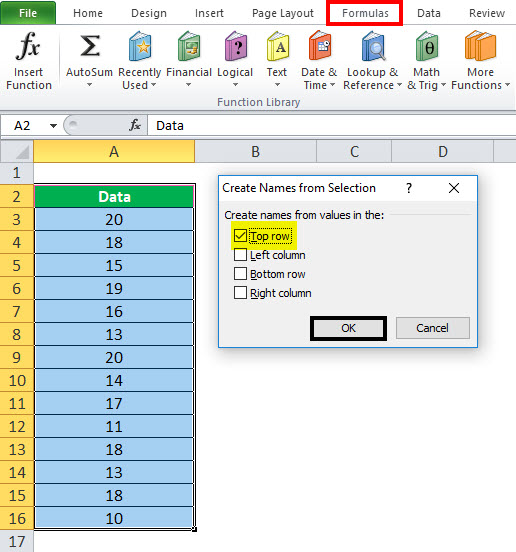



Name Range In Excel Examples How To Use Names In Excel




Named Range Named Constant In Excel Tech Funda
In Microsoft Excel, a formula can include a range of cells for adding values together, finding an average, and other calculations For example, if you wanted to include cells D2 through D13 in a formula, you would denote that using the text "D2D13" in the parentheses for the formula An alternative option is to define a name for the range of cells, and then use that name in theSelect the cell (s) On the Formulas tab, in the Define Names group, click the Define Name In the Name box, type the range name In the Scope dropdown, set the name scope (Workbook by default) In the Refers To box, check the reference and correct it if needed; The defined names in Excel files are descriptive or humanreadable names that reference a single cell, range of cells, constant values, or formulas These names can be used to define cell references without using the columns and rows, and thus often make it easier to understand the purpose of that cell or cells




Name Range In Excel Pdf
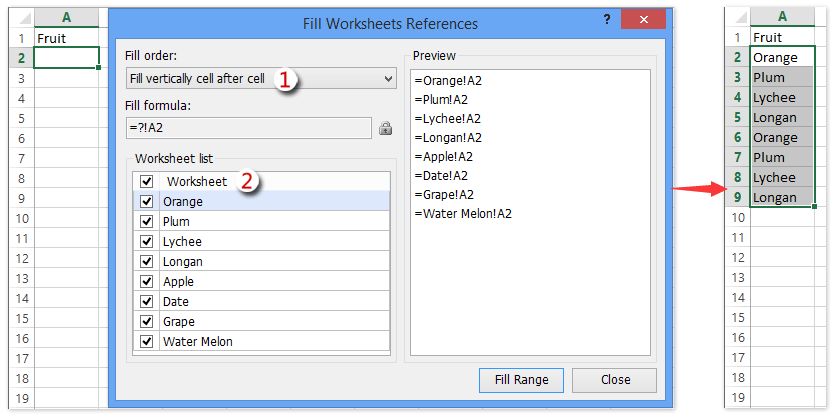



How To Define Named Range Across Worksheets In Excel
You would select the range 00 and in your Ribbon's Formulas, Defined Names group, choose Create from Selection In the dialog, make sure that only Left Column is checked Then choose OK Then you would define the names locally in each appropriate worksheet To illustrate, suppose you want to define a local name in sheet AClick on 'Define name' dropdown from 'Formula' tab after selecting the range of cells to name You would see something like this Now write the Name and hit OK How to create a Named constant in MS Excel? Named Ranges are the name given for a group or range of cells Named range is used to refer to the specific range of cells which needs to be accessed later on We can name a range in both excel or VBA While making a named range in VBA we need to use Add name function in VBA Recommended Articles This is a guide to VBA Named Range
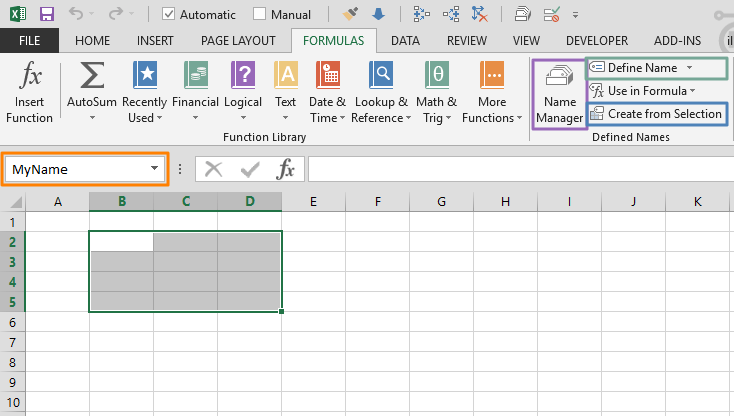



5 Ways To Create An Excel Named Range




Naming Ranges Excel 11 For Mac Youtube
Here are two ways to create a dynamic named range Use a Named Excel Table Use a Formula Use a Named Excel Table The easiest way to create a dynamic named range is to start by creating a named Excel table Then, define a range based on one or more columns in that table How to create an Excel named range Type a name in the Name Box Select a cell or a range of cells that you want to name Type a name into the Name Box Create a name by using the Define Name option Select the cell (s) On the Formulas tab, in the Define Names group, Make a named range by usingChoose Formulas, Defined Names, Create From Selection, to launch the Create Names dialog




Naming A Cell Or Range In Excel With Formula Excelnumber




Create A Named Range In Excel In Easy Steps
How to use the OFFSET formula with a defined name To do this, follow these steps, as appropriate for the version of Excel that you are running Microsoft Office Excel 07, Microsoft Excel 10 and Microsoft Excel 13 In a new worksheet, enter the following dataThis quickly shows you how to define a named range in Excel 10 using the name box and the Define Name option from the ribbon4 Select the Name Range which you want to Delete 5 Here we have already created the Named Range as "Months" 6 Select the Name Range "Months" 7 Click Delete 8 Click on Close to close the Name Manager dialogue box This will delete the Named Range from the Excel Workbook
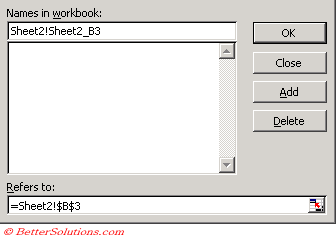



Excel Named Ranges Creating




Excel Range Names What You Need To Know Fm
It's a descriptive name — such as Jan_Sales or June_Precip — that is attached to a specific cell or range of cells in a worksheet or workbook Named ranges make it easier to use and identify data when creating charts, and in formulas such as The second way you can redefine the named range is to follow these steps Select the new cell range (In this case, select the range C7C19) Choose Name from the Insert menu and then choose Define Excel displays the Define Name dialog box In the Names in Workbook box, type MyRange (Don't click on MyRange in the list of names; First, select the heading cell, and the cells that you want to name Then, on Excel's Formulas tab, click the Create From Selection command Check the box to tell Excel where your headings are (top, left, bottom or right), and click OK Excel names the ranges with valid names, based on your headings




Excel Range Names What You Need To Know Fm
:max_bytes(150000):strip_icc()/NamedRangeNameManager-5c192805c9e77c0001a4b91c.jpg)



How To Define And Edit A Named Range In Excel
I know how to reference existing names using the RANGE function but how can I create a new defined name using Powershell? On the Formula tab, in the Defined Names group, click Define Name Or, press Ctrl F3 to open the Excel Name Manger , and click the New button Either way, the New Name dialogue box will open, where you specify the following detailsSimply select a range and look at the Name box 15 Use the intersect operator (space) to return




How To Assign A Name To A Range Of Cells In Excel
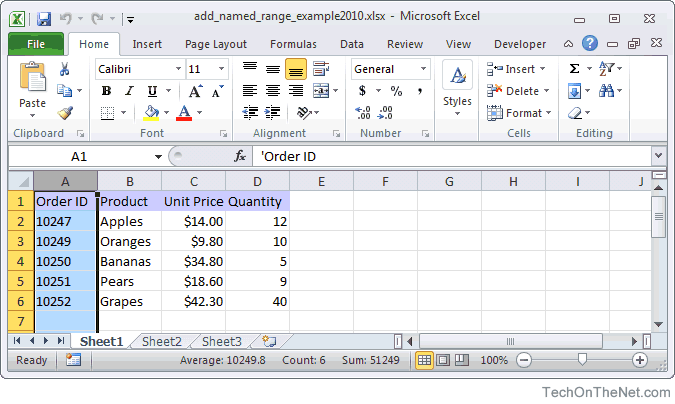



Ms Excel 10 Add A Named Range
Define names from a selected range Select the range you want to name, including the row or column labels Select Formulas > Create from Selection In the Create Names from Selection dialog box, designate the location that contains the labels by selecting the Top row,Left column, Bottom row, or Right column check box Select OKNames can contain uppercase and lowercase letters Microsoft Excel does not distinguish between uppercase and lowercase characters in namesOne way to create a dynamic named range with a formula is to use the OFFSET function together with the COUNTA function Dynamic ranges are also known as expanding ranges they automatically expand and contract to accommodate new or deleted data Note OFFSET is a volatile function, which means it recalculates with every change to a worksheet
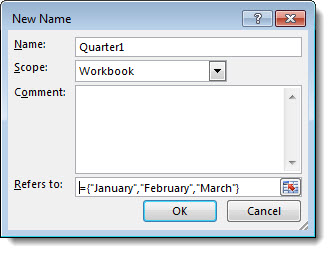



Name An Array Constant
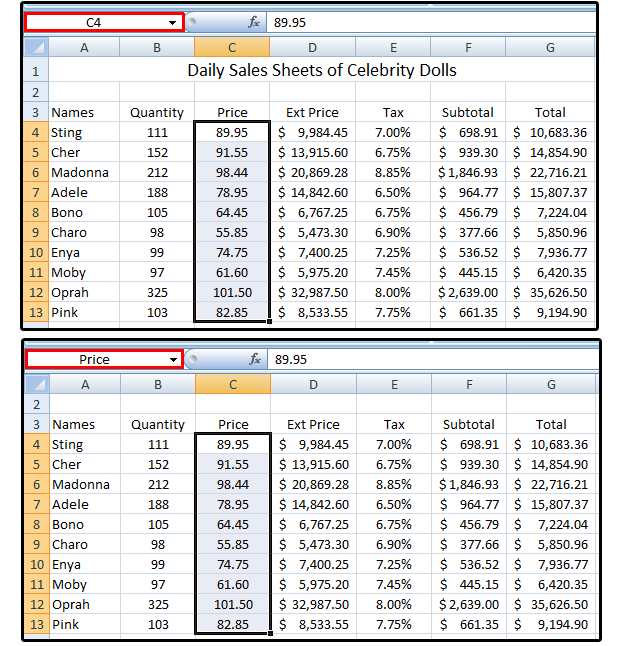



Name Excel Meaning
What Is a Named Range? With the range of cells I want to include in the named range selected, I right click and choose Define Name Name the range of cells Because I had no header row, the name is currently blank Name the Range With the region still highlighted, I'll name the range InterfaceCourses and click OK Click File Save and SendIf your data has labels, you can quickly create named ranges in Excel 11 For example, select the range A1D13 12 On the Formulas tab, in the Defined Names group, click Create from Selection 13 Check Top row and Left column and click OK 14 Excel created 12 3 = 15 named ranges!
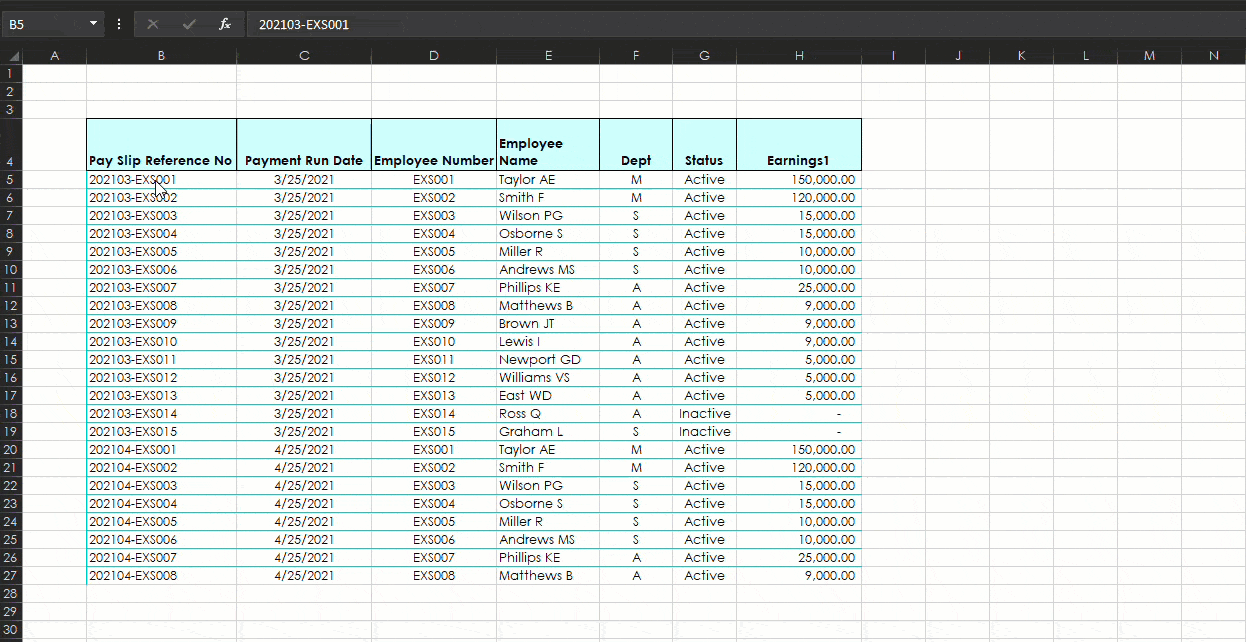



How To Create Named Ranges In Excel Recode Hive
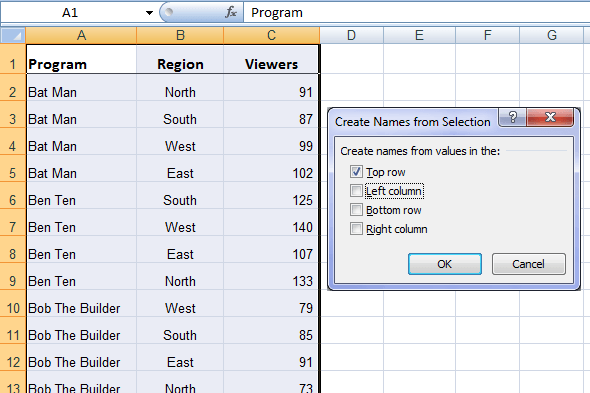



Excel Named Ranges Explained My Online Training Hub
3 When you add a value to the range, Excel does not update the sum To expand the named range automatically when you add a value to the range, execute the following the following steps 4 On the Formulas tab, in the Defined Names group, click Name Manager 5 Click Edit 6There is a nifty shortcut for creating range names using existing names Consider the following list Imagine you were to highlight cells N12N18 in the above example and then use the shortcut CtrlShiftF3 (alternatively, select Create from Selection in the Defined Names grouping of the Formulas tab on the ribbon)The basics of named ranges in Excel What is a named range?
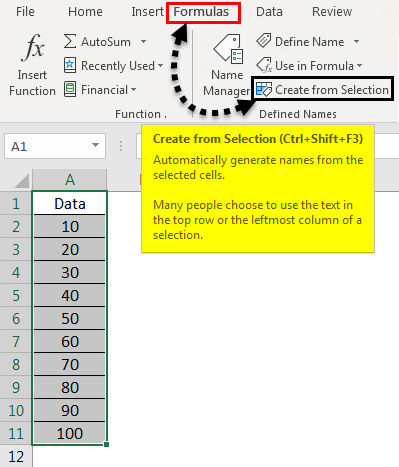



Named Range In Excel How To Create Named Range In Excel
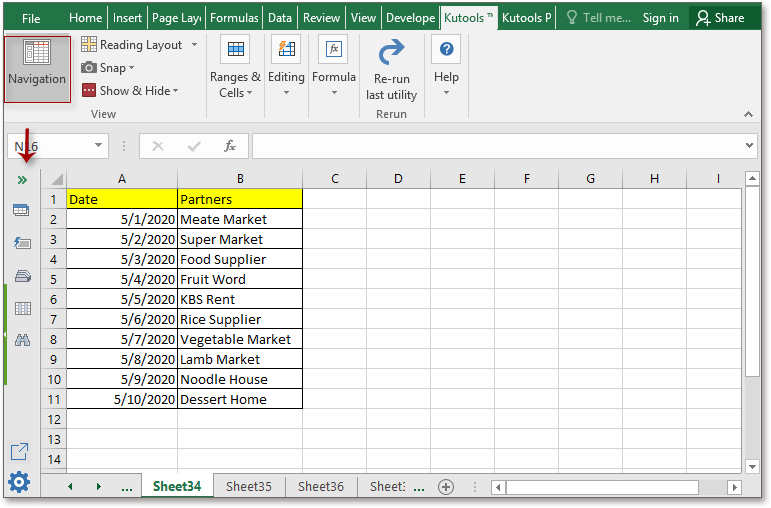



How To Find Named Range Reference In Excel
A name can contain up to 255 characters Note If a name defined for a range contains more than 253 characters, you cannot select it from the Name box Are names case sensitive?




Named Ranges In Excel See All Defined Names Incl Hidden Names
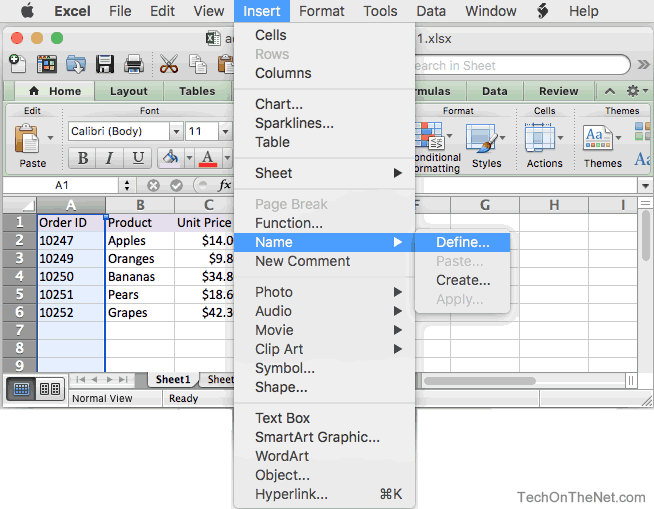



Ms Excel 11 For Mac Add A Named Range



How To Define And Edit A Named Range In Excel
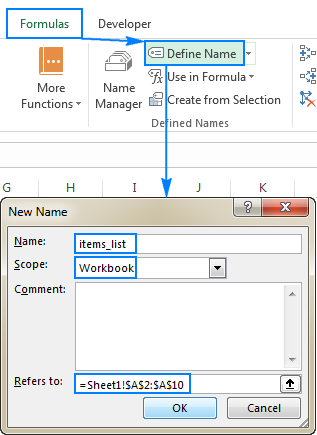



Excel Names And Named Ranges How To Define And Use In Formulas Ablebits Com
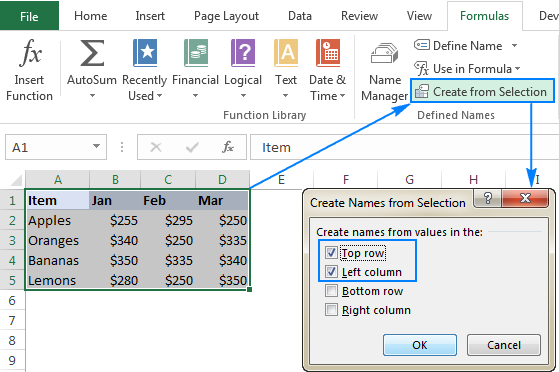



Excel Names And Named Ranges How To Define And Use In Formulas Ablebits Com
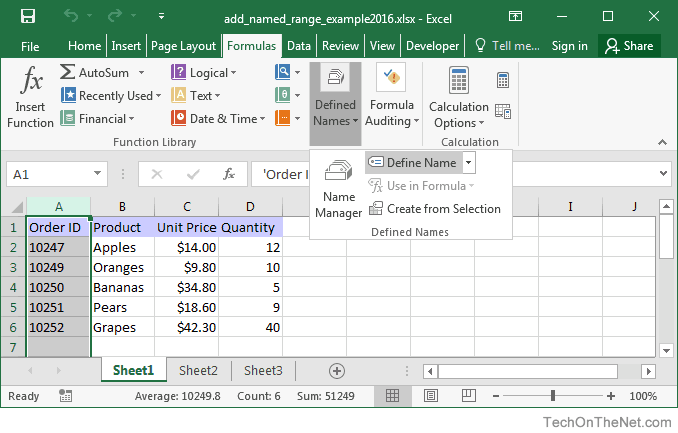



Ms Excel 16 Add A Named Range
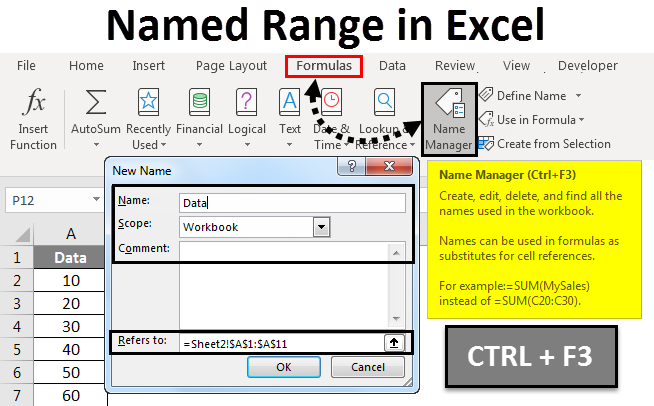



Named Range In Excel How To Create Named Range In Excel




Manage Excel Named Ranges In Excel For Mac Using The Define Name Menu Youtube




How To Work With Named Ranges In Microsoft Excel




Locating Name Manager In Excel For Mac Ask Different
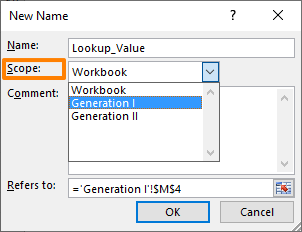



How To Make Excel Change Scope Of Named Range




The Untapped Power Of Named Ranges In Excel Ms Excel Excel In Excel
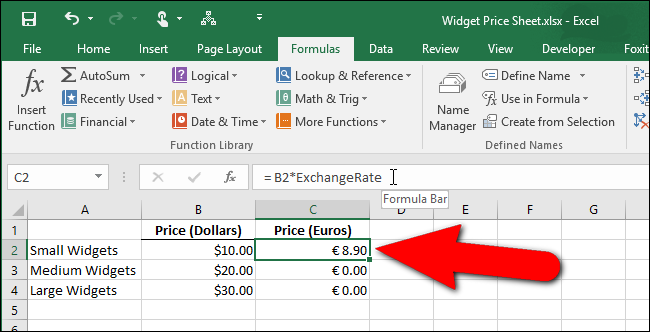



Excel Name Range Of Cells
:max_bytes(150000):strip_icc()/NameBox-5be366ed46e0fb00519ef15a.jpg)



How To Define And Edit A Named Range In Excel
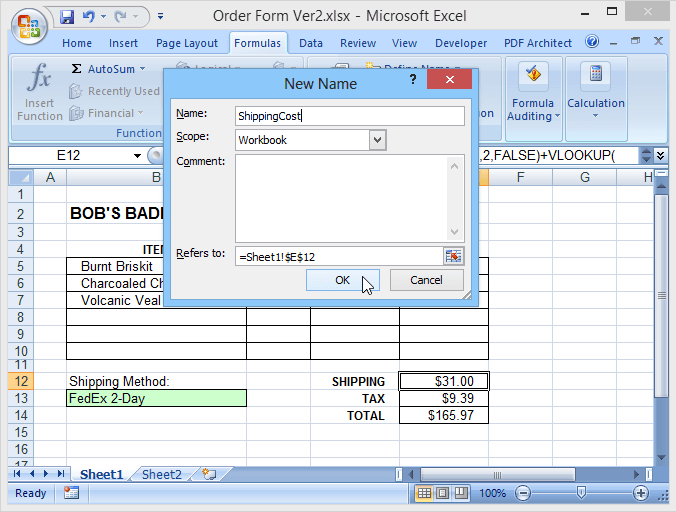



Why You Should Be Using Named Ranges In Excel




Excel Vba Create Named Range Step By Step Guide And 4 Examples




Named Ranges In Excel Exceljet




How To Use Dynamic Named Ranges In Excel




How To Create And Use Excel Named Ranges




Excel Named Ranges Formula Boosters Online Pc Learning
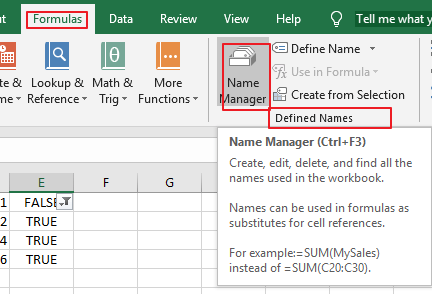



How To Delete All Named Ranges In Excel Free Excel Tutorial




Why You Should Be Using Named Ranges In Excel
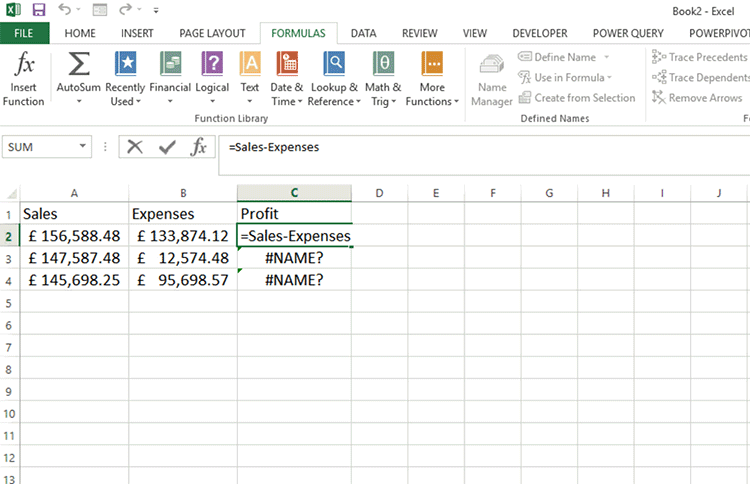



Benefits Of Named Ranges In Excel Accountingcpd Net
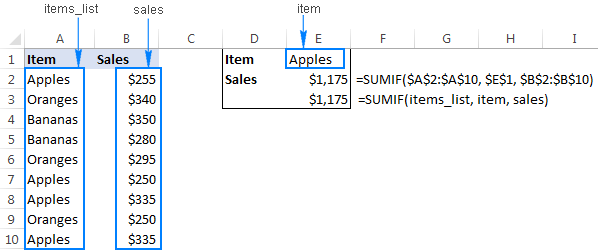



Excel Names And Named Ranges How To Define And Use In Formulas Ablebits Com



1
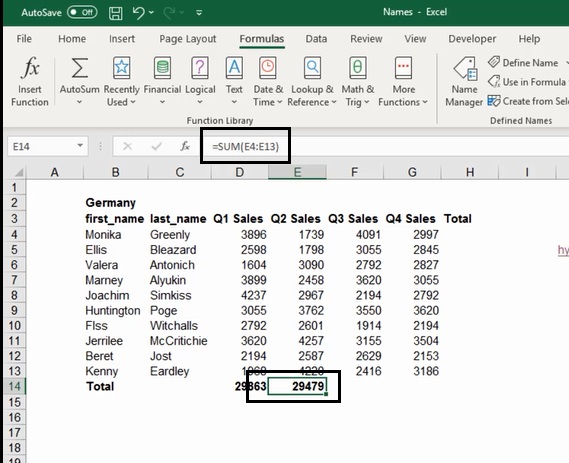



How To Create Name Range In Excel Complete Guide 21
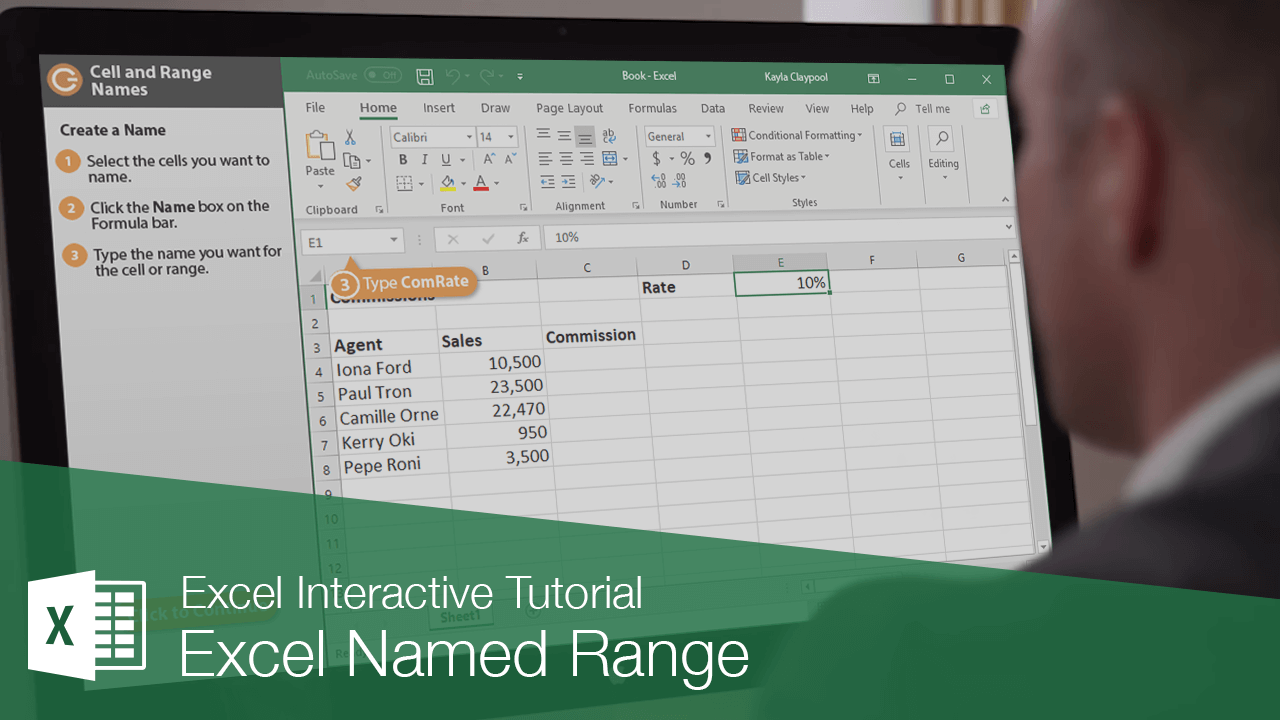



Excel Named Range Customguide




Excel Formula Dynamic Named Range With Offset Exceljet




Creating And Using Named Ranges Microsoft Excel 365
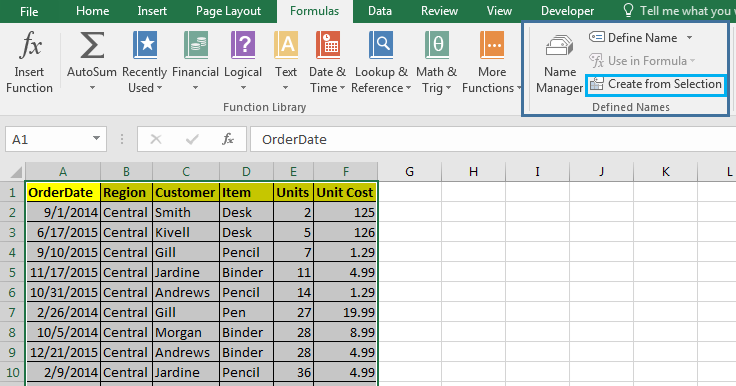



All About Excel Named Ranges Excel Range Name




Excel Range Names In Excel Content
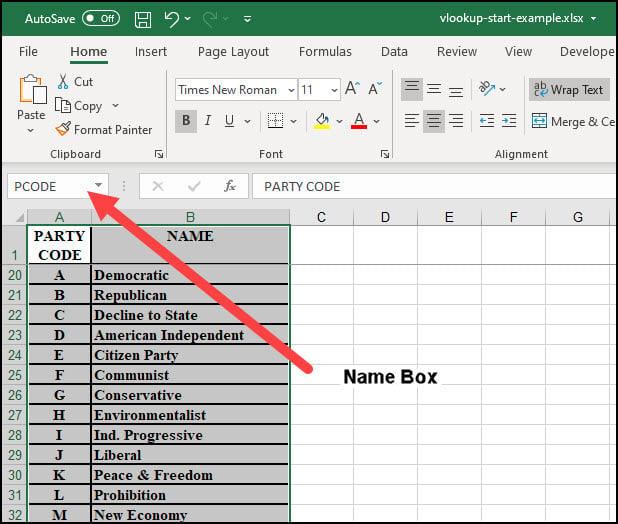



Easily Assign An Excel Range Name Productivity Portfolio




How To Create And Use Excel Named Ranges




Naming A Cell Or Range In Excel With Formula Excelnumber



Named Ranges Blueberry
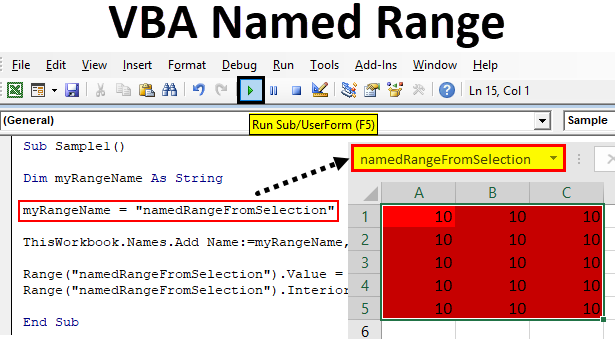



Vba Named Range How To Use Vba Named Range In Excel Vba




Named Range Named Constant In Excel Tech Funda




Change A Named Range In Excel Youtube




Naming A Cell Or Range In Excel With Formula Excelnumber
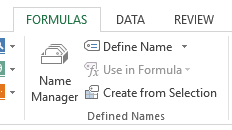



Delete A Defined Name Named Range In Excel Tech Journey




Quiz Worksheet Named Ranges In Excel Study Com
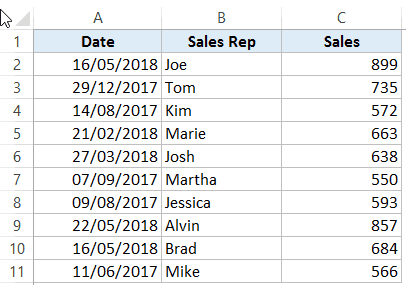



How To Create Named Ranges In Excel A Step By Step Guide




Named Ranges In Excel Exceljet
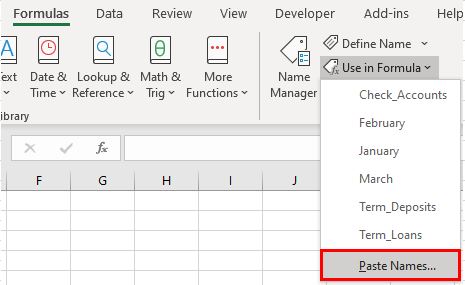



How To Paste Range Names In Excel Automate Excel
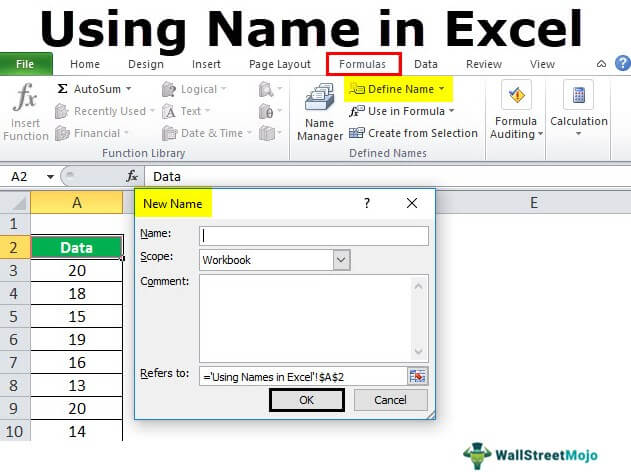



Name Range In Excel Examples How To Use Names In Excel
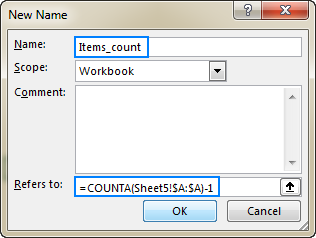



Excel Names And Named Ranges How To Define And Use In Formulas Ablebits Com
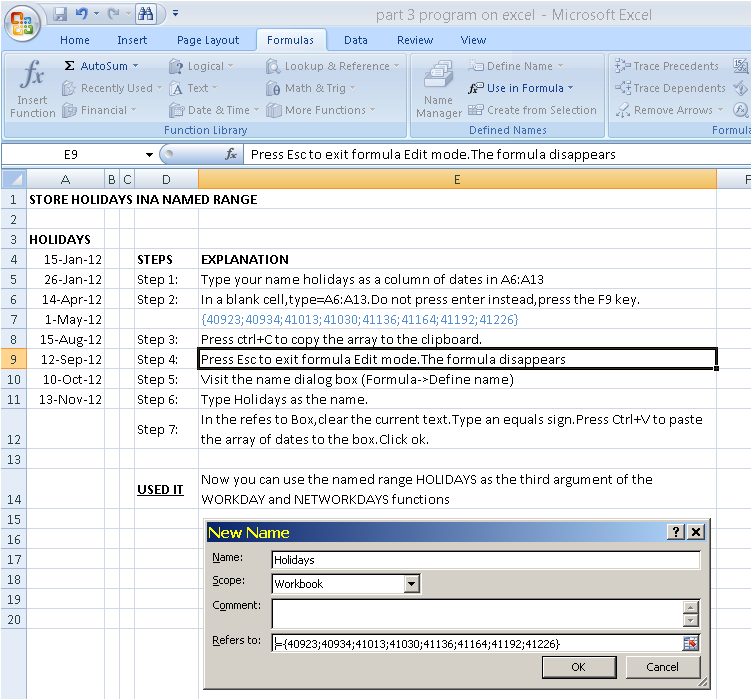



Excel Tips To Work As Professional Define Holiday In Named Range And Use It Any Where In The Workbook
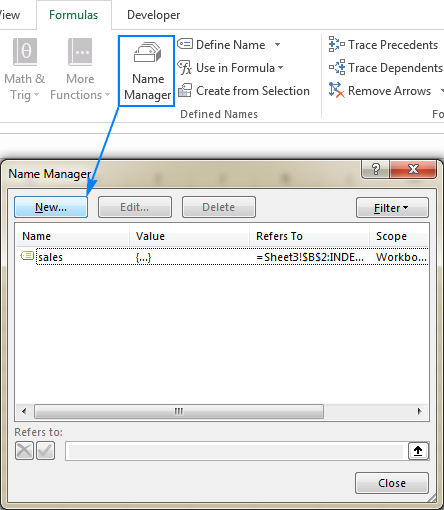



Excel Names And Named Ranges How To Define And Use In Formulas Ablebits Com




How To View Named Ranges In Microsoft Excel Developer Publish




Using Named Ranges Customisations Smart Workpapers Help Support




Best Excel Tutorial Define Name
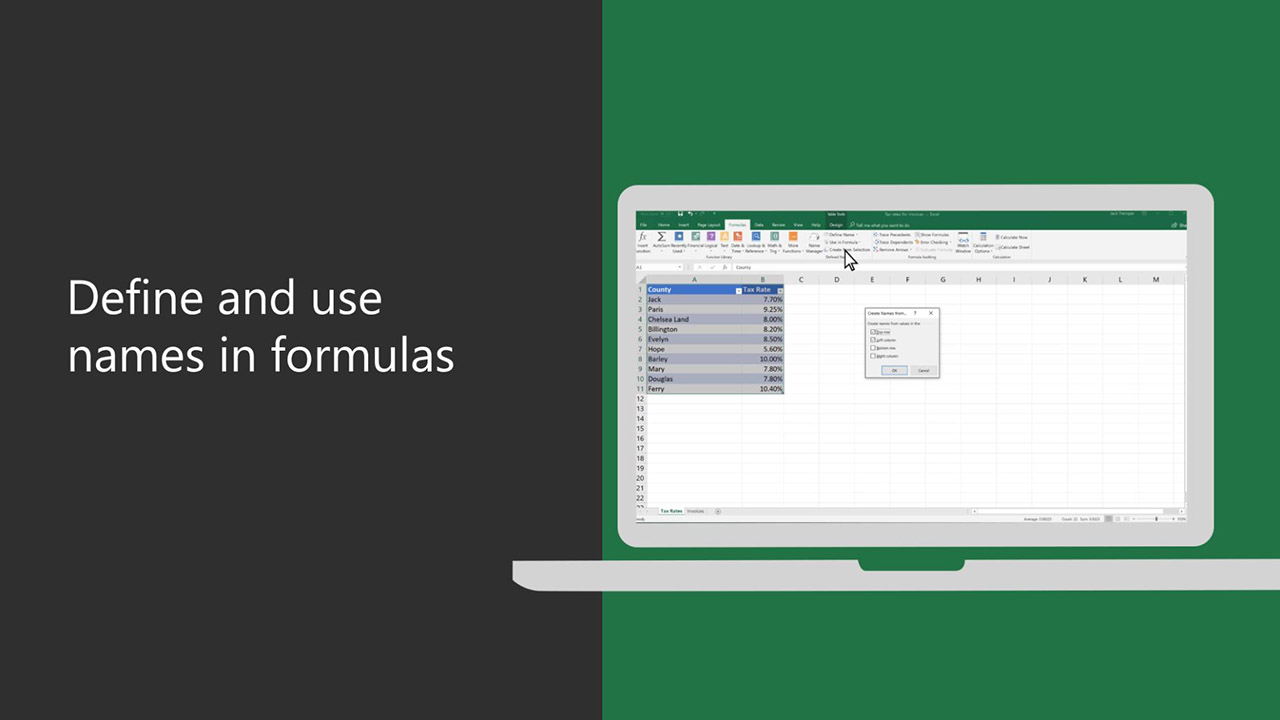



Define And Use Names In Formulas




How To Delete Named Ranges In Excel Vba



1



1
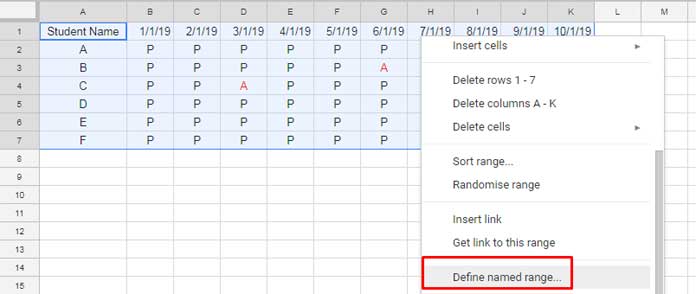



Importrange Named Ranges In Google Sheets How To
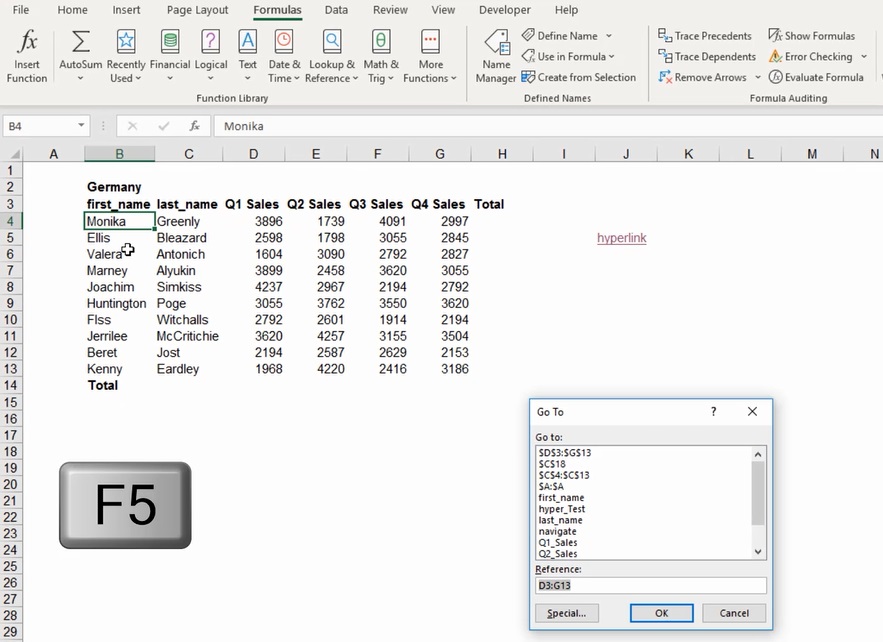



How To Create Name Range In Excel Complete Guide 21




Creating A Chart Using A Dynamic Named Range In Excel 10 Super User




Use The Name Manager In Excel




All About Excel Named Ranges Excel Range Name
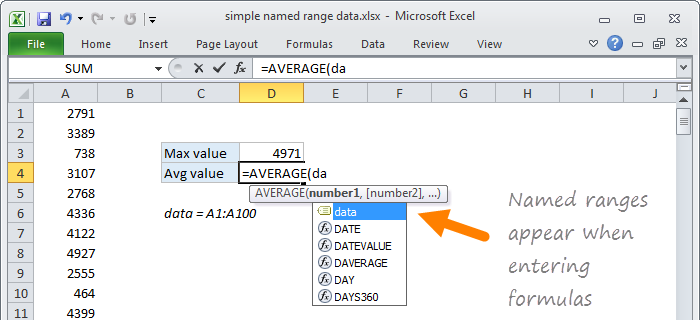



Named Ranges In Excel Exceljet
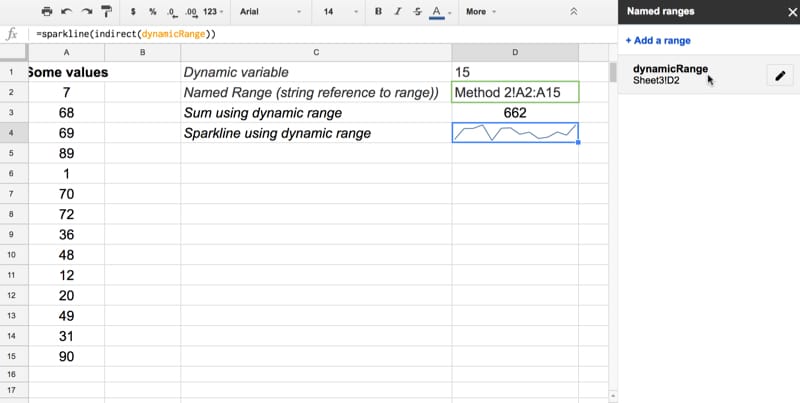



How To Create Dynamic Named Ranges In Google Sheets
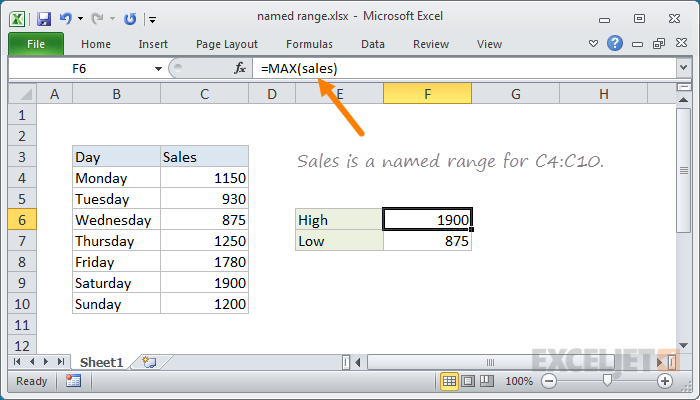



Excel Named Range Exceljet




How To Create Named Ranges To Use In Excel Formulas Youtube




Why You Should Name Ranges In Excel And How To Do It
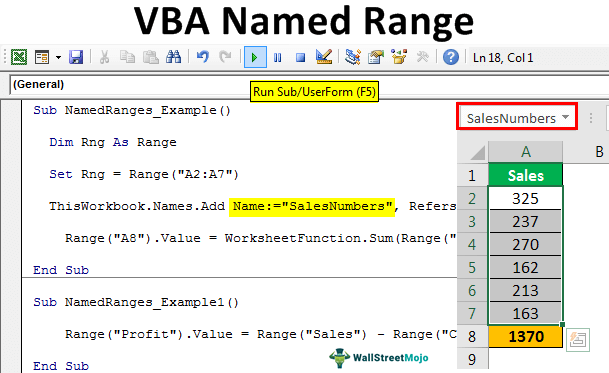



Vba Named Range How To Create And Use Named Ranges




How To See All Of The Named Cell Ranges In An Excel Workbook
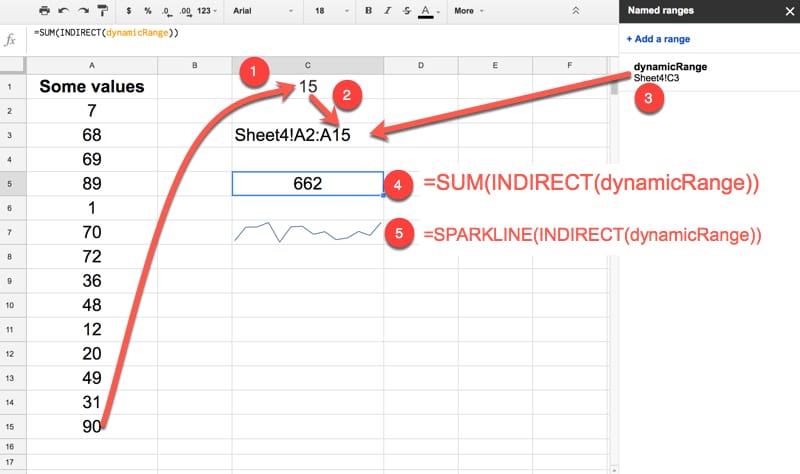



How To Create Dynamic Named Ranges In Google Sheets




Naming A Cell Or Range In Excel With Formula Excelnumber




Define Name Excel Shortcut




How To See All Of The Named Cell Ranges In An Excel Workbook




Named Range In Excel Geeksforgeeks
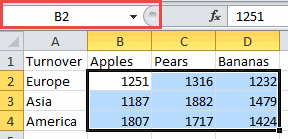



Excel Range Names In Excel Content
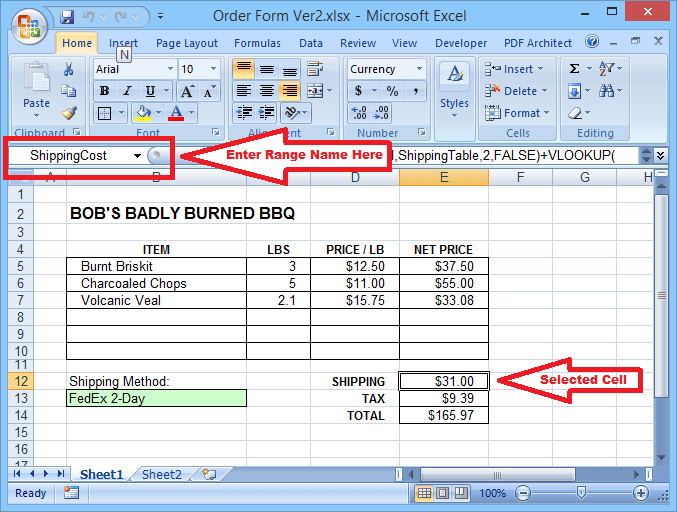



Why You Should Be Using Named Ranges In Excel



No comments:
Post a Comment